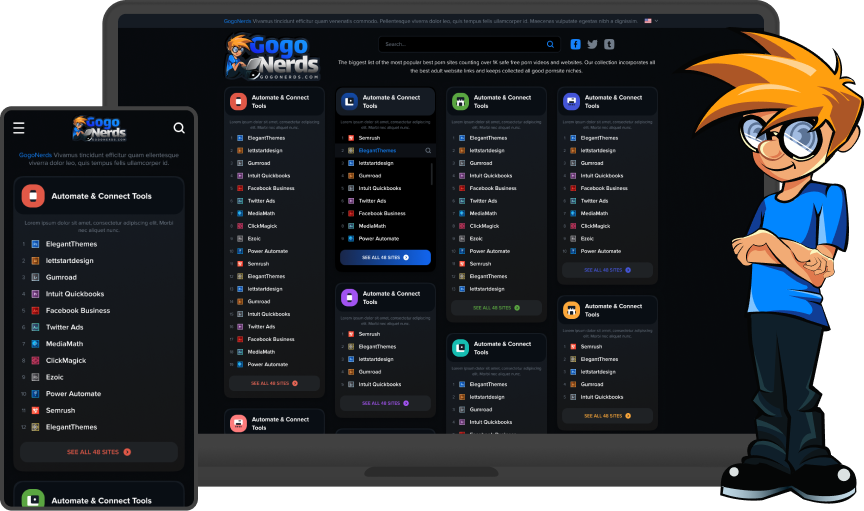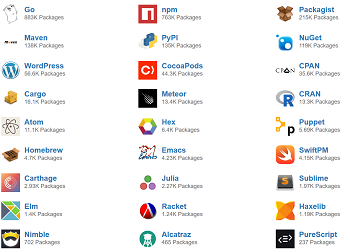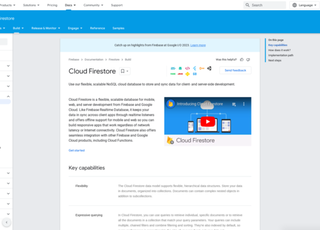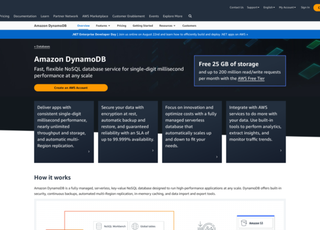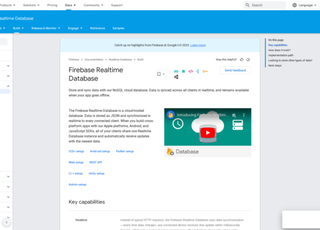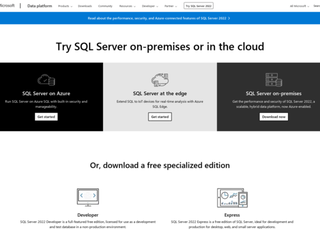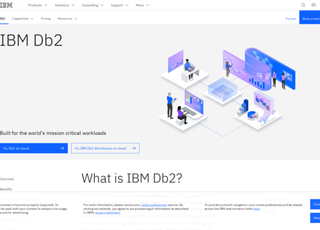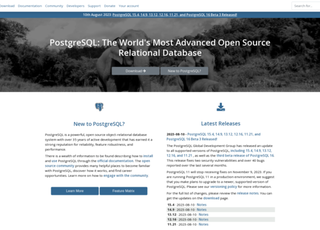Cassandra
Cassandra is a highly scalable, distributed database designed to handle large amounts of data across many commodity servers. It provides high availability with no single point of failure.
Origin and Evolution
Developed By
Originally developed at Facebook and later open-sourced.
Purpose
Designed to handle the huge volume of data generated by Facebook's inbox search feature.
Architecture
Distributed Nature
Cassandra is a peer-to-peer system, unlike traditional master-slave architectures. Each node in the cluster is independent and can serve read and write requests without requiring a master.
Data Model
It uses a column family data model, offering more flexibility than traditional relational databases. Each row in a table can have a different set of columns.
Scalability and Performance
Horizontal Scaling
Cassandra scales horizontally, meaning you can increase capacity by adding more nodes to the cluster. It seamlessly redistributes data as nodes are added or removed.
Replication
Provides robust replication across multiple data centers, ensuring high availability and disaster recovery.
Consistency and Availability
Tunable Consistency
Offers tunable consistency levels to balance the need for consistency against the need for speed and availability.
CAP Theorem
Focuses on high availability and partition tolerance while allowing for eventual consistency to provide better performance.
Use Cases
Big Data Applications
Ideal for applications that require fast and scalable reads and writes, particularly when dealing with large volumes of data.
Real-time Analytics
Used for scenarios where real-time data processing and analytics are required.
Challenges
Complexity
Managing and tuning Cassandra can be complex, especially in large-scale deployments.
Learning Curve
Its unique data model and architecture require a different approach than traditional SQL databases, posing a learning curve for new users.
Popular Users
Adoption
Used by companies like Netflix, Twitter, and Reddit, to manage large volumes of data and high traffic loads efficiently.
Data Distribution and Partitioning
Partitioning
Cassandra uses partitioning to distribute data across the cluster. Each row of data is uniquely identified by a primary key, which determines the node responsible for storing it.
Consistent Hashing
Implements consistent hashing for efficient data distribution and minimal movement when nodes are added or removed.
Query Language
CQL (Cassandra Query Language)
It has its own query language that resembles SQL in syntax. CQL makes it easier for those familiar with SQL to use Cassandra, although there are differences due to its non-relational nature.
Fault Tolerance
Data Replication
Cassandra replicates data across multiple nodes to ensure no single point of failure. If a node fails, the data can still be accessed from other nodes.
Repair Mechanisms
Regular repair mechanisms are in place to ensure data consistency across replicas.
Read and Write Paths
Writes
Writes in Cassandra are designed to be fast. They are first written to a commit log for durability and then to an in-memory structure known as a memtable. Eventually, data in memtables is flushed to disk in structures called SSTables.
Reads
When reading data, Cassandra merges data from SSTables and memtables to return the most recent version.
Data Deletion and Compaction
Tombstones
Cassandra marks deleted data with tombstones rather than immediately removing it. These tombstones are purged after a certain time.
Compaction
Periodically, Cassandra compacts the SSTables on disk, merging them and discarding obsolete data to optimize disk usage and read performance.
Customizability and Integrations
Extensible
Offers various configuration options and is extensible, allowing for customizations based on specific application requirements.
Integration
Integrates well with other tools and platforms in the big data ecosystem, enhancing its capabilities for big data processing and analytics.
Community and Ecosystem
Open Source
As an open-source project, Cassandra benefits from a vibrant community that contributes to its development and provides support through forums and documentation.
Ecosystem
There's a rich ecosystem of tools and extensions available for monitoring, managing, and integrating Cassandra into various applications and workflows.
Cassandra's design makes it an excellent choice for applications that cannot afford to sacrifice performance, scalability, or availability. While its architecture and data model can be complex, its ability to handle large-scale operations and provide high throughput makes it a valuable tool in the toolbox of companies dealing with big data challenges.

